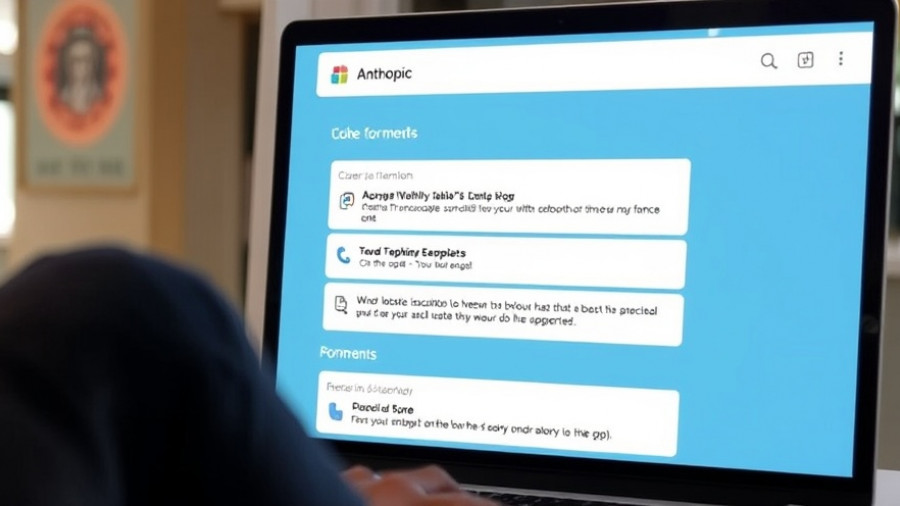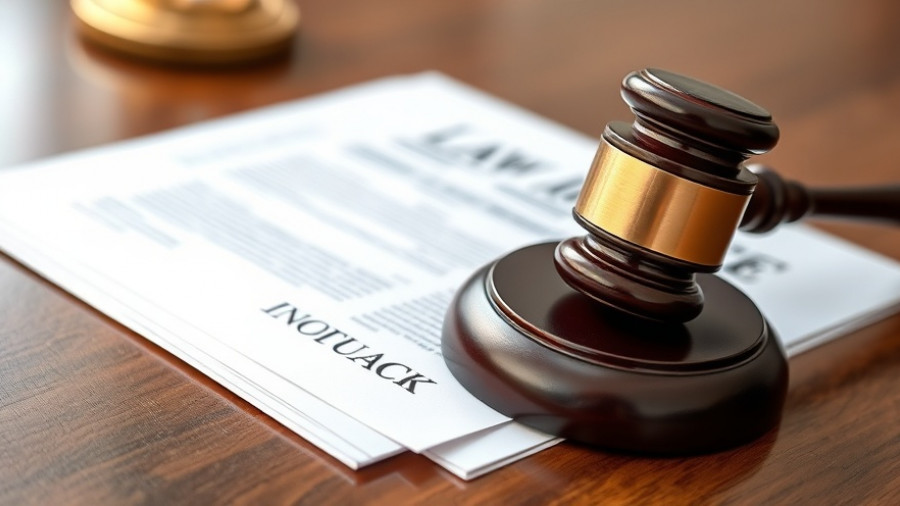
The Rise of AI and Its Ethical Dilemmas
Anthropic’s new AI-powered tool could serve as a pivotal moment in ensuring that artificial intelligence acts as a protector rather than a risk when it comes to sensitive subjects like nuclear physics. The advent of AI has opened countless doors for learning and innovation, yet it has ignited a series of ethical dilemmas, particularly concerning safety. As AI continues to evolve, the boundaries of what it can or should do are increasingly challenged. This classifier seeks to uphold safety standards while still allowing for the exploration of nuclear science that could benefit society.
Understanding the Classifier's Role in AI Safety
Developed in collaboration with the U.S. Department of Energy’s National Nuclear Security Administration (NNSA), Anthropic’s classification system is designed to discern legitimate inquiries from harmful requests. With an impressive 96% accuracy, this tool scrutinizes user prompts to identify malicious intent. The system differentiates between acceptable questions—like those about nuclear medicine—and dangerous inquiries aimed at weaponization. This delineation is crucial in preventing AI from contributing to the proliferation of weapons. Many experts agree that the implications of AI technologies stretching into such sensitive territories can have catastrophic consequences if not monitored correctly.
Future Implications: A Lethal Weapon or a Learning Tool?
Given the potential for information misuse in AI tools, Anthropic's innovation offers both promise and caution. The ability for AI to inadvertently aid in weapon design remains a significant concern among federal agencies. As AI-generated content becomes increasingly sophisticated, so does the risk of misuse. It's essential for developers and regulatory bodies to keep pace with advancements, establishing clear guidelines that prioritize ethical usage while promoting educational and scientific inquiry.
Hurdles Ahead: The Challenge of Balancing Knowledge and Security
The landscape of AI-driven technology is fraught with challenges, particularly when it comes to balancing the dissemination of knowledge against the potential for harm. While Anthropic’s classifier aims to curb malicious requests, the inherent complexity of human language and varied intent complicates this mission. Determining the difference between a benign inquiry and a veiled weapon design question is not always straightforward. Human moderators may find it increasingly difficult to keep up with the rapid evolution of AI, making the incorporation of advanced classifiers more critical than ever.
What This Means for Users and Developers Alike
For everyday users, the classifier serves an important function. Those curious about nuclear science can continue their exploration without inadvertently crossing into dangerous territories. For developers, this highlights the necessity of proactive measures when designing AI systems. As AI becomes integrated into everyday applications, a responsible approach to content moderation must be employed to mitigate risks effectively.
Broader Conversations About AI Safety
The developments around Anthropic's AI classifier propel a much larger conversation about safety and regulation in the artificial intelligence sector. Discussions surrounding AI governance and responsible innovation have become more critical as technologies advance. Collaborations between tech companies and governmental organizations are a step in the right direction. However, with rapid advancements come new challenges that require continual assessment and adaptation.
Helpful Guidelines for Responsible AI Usage
Beyond implementing classifiers like Anthropic’s, developers and users alike must prioritize education about AI capabilities and limitations. Here are some useful guidelines:
- Familiarize with AI Tools: Understanding the basic function and purpose of AI tools helps set realistic expectations.
- Promote Ethical Conversations: Engage with discussions about the implications of AI in various fields to foster an environment of responsible use.
- Emphasize Transparency: Developers should be transparent about how AI technologies work and the measures in place to prevent misuse.
As AI continues to shape our world, maintaining a focus on safety and ethical considerations is paramount.
In conclusion, Anthropic's AI classifier represents a significant leap forward in nuclear safety within the realm of AI technologies. As we explore and innovate, embracing a robust framework for responsible AI usage will become increasingly essential. Stay informed about AI advancements and consider how these tools may affect our collective future.
 Add Row
Add Row  Add
Add 




Write A Comment